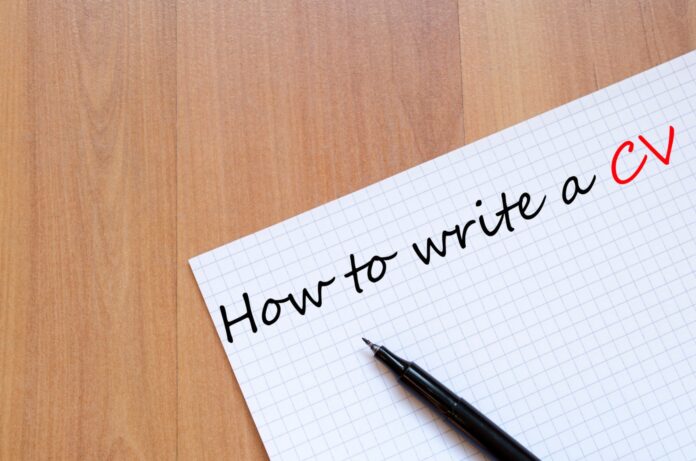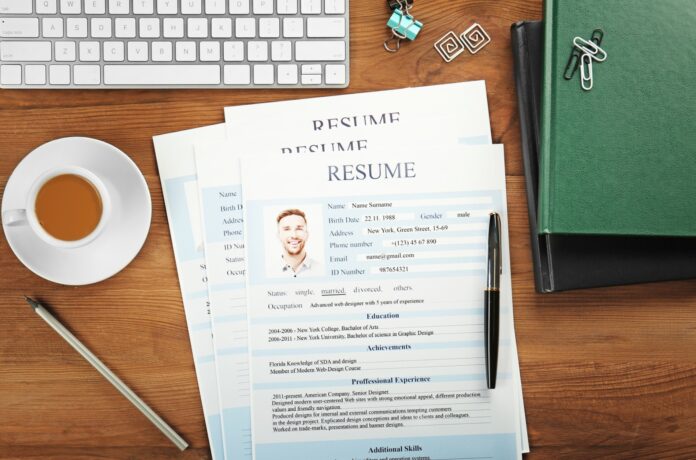Tired of not getting a call-back for a job? It’s likely because of your resume. Even if you have the best experience, your resume has to reflect why you are eligible for the position, and how you are a great candidate
Thankfully, with these 5 tips and tricks, you will have a resume that perfectly explains your job gaps, and make it look like you have the right amount of experience even if you have little to none.
By the time you update your resume, you won’t have to worry about anything other than renting a chauffeur for a long distance car service New York so you can apply for that job and get to the interview on time.
1. Keep Your Resume Short

Even if you have a long job history and a series of awards and certifications, you don’t want your resume to go over one page except in very rare situations or if you have a lot of specific skills and qualifications for one job.
Otherwise, one page, just on one side of the paper, is typically more than enough to get your point across. If they want more information, your potential job will ask you questions at the interview.
If you have a lot of job experience and don’t know what to include, start with the most recent two or three positions. The only exception is if you have positions that specifically match the qualifications; then, you can list those as well instead of just the two or three most recent.
However, even if it pertains to the job, you should never go back past 10 or 15 years. The exception is if you haven’t worked in that long, you can add your last full job.
2. Tailor Your Resume to Each Job

When you are applying to a lot of jobs, you may just want to make one resume and call it done. No matter how well you do it, most hiring managers will realize this though, because instead of including specific responses to their job description, they will see it is just a generic resume.
The only time a basic resume works out is when you are going to something like a job fair, where you will be applying to several different jobs at once and handing out physical resumes. The rest of the time, you want to make the effort to tailor your resume to each job.
But how do you do that? You want to add previous jobs that fit the skills the job application is looking for. You can also adjust your skills, main statement, and even your resume format to the field to which you are applying. Taking time to read the job description and add some of the things they are looking for in an employee is critical to stand out and get noticed.
3. Fill it With Keywords

Many jobs now use artificial iIntelligence bots such as AIs to scan through resumes for relevant words and phrases. When you write your resume, you want to make sure it is filled with the words the company may be searching for.
Most often, these are words that they include in their job description. For example, if they say they are looking for someone that is detail-oriented, you want to make sure you include that phrase somewhere in your resume, such as in the skills section at the top, or fit it into one of your job descriptions.
In fact, mirroring the words and requirements in the job description is the best way to get your resume noticed. Not only will it get through the AI, but it will also likely stand out and be seen by the hiring manager.
When you have relevant job experience, this can be easy. However, if you are trying to move into a new field, then it can be a little more difficult and requires some creativity to twist your old jobs to match the requirements of your new potential job.
4. Make Your Own Template

When you are busy or unsure what you are doing, it may seem like a good idea to take a template from online and just fill it in yourself. However, when you do this, even if you change the colors or structure a little, your resume will likely be overlooked. This is because it probably looks the same as almost everyone else’s resume.
While you can use these templates as guides for the order in which you should put information in, and to determine the focus of your resume, you don’t want to just copy your information into the template. Many hiring managers report that they dismiss templates they have seen over and over again, and give special attention to unique templates.
However, that doesn’t mean you can go crazy with the templates. You still want the information to be easy to read, logical, and simple. Don’t overdo it with shapes, lines, and pictures. While one or two can make a resume unique, too many and it is distracting and seems amateurish.
Remember as well that hiring managers start at the top of the resume and work their way down. You need all of your relevant information at the top, or the manager may stop reading it before they finish it. So don’t put your education at the top when you’ve been out for several years. Instead focus on relevant work info, key details about your skills, and certifications that may be important.
5. Use Specific Numbers

When you are describing the kind of work you do for each job, and writing your job description, you will want to make it as specific as possible. In particular, you want to use numbers and specific amounts any time you can.
For example, if you managed a budget, what was the size of the budget? If you made a lot of sales per month, what was the number of sales? How many people exactly worked under you? How many customers did you handle a day?
This lets hiring teams know exactly what you have handled before and if you are a good fit for their company. They don’t want to hire a manager for a large company if you’ve only had two employees work under you before. However, if you’ve handled 30 or 40, you may be a better fit.
Try to do this as often as possible on your resume, to make certain the hiring manager that reads your resume understands exactly what you are capable of and what you have handled previously.





![Calgary’s Hottest Neighborhoods for Luxury Homebuyers [2024]](https://thewashingtonote.com/wp-content/uploads/2024/04/Calgary-324x160.png)



